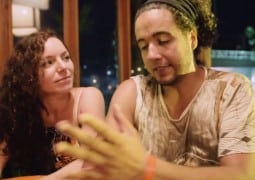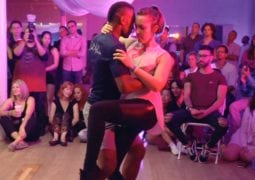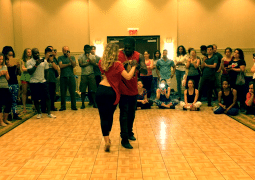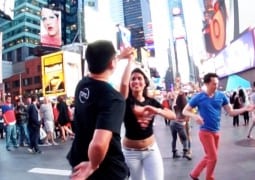Papasito Adds Zouk
Karol G’s “Papasito” Adds Zouk Artists to Video
When Colombian superstar Karol G dropped her new single—and equally vibrant video—“Papasito” from her eagerly awaited album Tropicoqueta, she didn’t just gift the world another reggaeton earworm. In a joyful nod to cross-cultural connection, she enlisted three Brazilian Zouk instructors—Charles Espinoza, Jessica Lamdon, and Melissa Tamada—to light up the screen with their fluid dance moves.
Brazilian Zouk has long thrived in intimate dance studios and underground scenes, but until now it’s rarely infiltrated global pop-music videos at this scale. By featuring Espinoza, Lamdon, and Tamada—Karol G has shone a spotlight on Zouk. For the Zouk community, this feels like winning the dance-floor lottery: millions of fans will pause, curious, and discover, “What is Brazilian Zouk?”
“I wanted ‘Papasito’ to taste like a tropical party,” Karol G told Rolling Stone.
Together, they transform a seaside-mansion set into a sultry ballroom, inviting Karol G—draped in bold prints and gold jewelry—to step into their world, effortlessly trading reggaeton swagger for Zouk’s intimate embrace.
Karol G: Blurring Genres and Breaking Boundaries
Since her breakout mixtape days in Medellín, Karol G has built a reputation as a fearless genre-jumper. She was the first woman to debut atop the U.S. Billboard 200 with a Spanish-language album (Mañana Será Bonito), is a Grammy winner, and has become a bona fide trendsetter—whether sampling merengue, flirting with dembow, or flipping early-2000s R&B. With “Papasito,” she again proves her knack for cultural alchemy: blending English and Spanish lyrics, nodding to vintage vedette glamour, and now introducing Brazilian Zouk to the mainstream.
You may also like...
Sorry - Comments are closed







